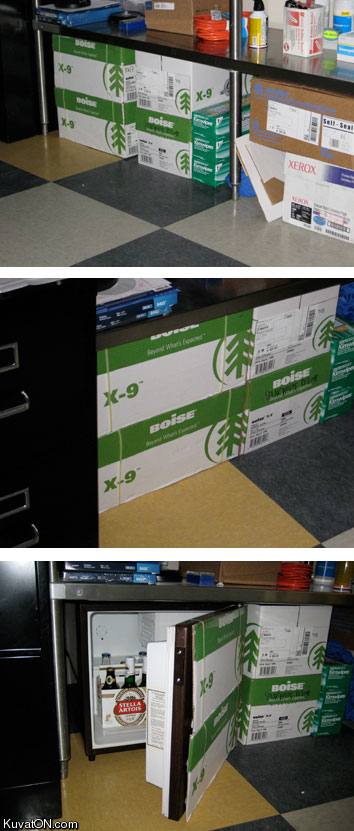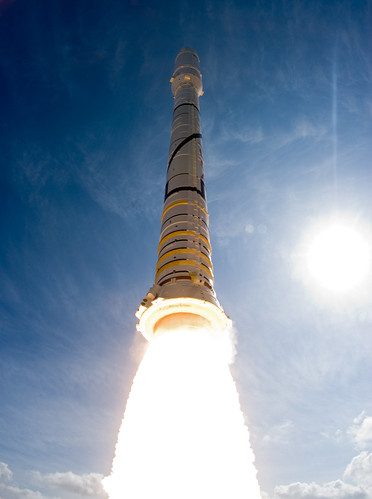WBMSAT Satellite Industry News Bits for December 31, 2009
Thursday, December 31st, 2009U.S. government 20-year program to combine all government and military acquisitions of commercial satellite services, the Future Comsatcom Services Acquisition, may be worth up to $700m a year.
[Aviation Week – 12/31/2009]
Intelsat-704 replacement satellite, Intelsat-17, will be built by Space Systems/Loral.
[SatNews – 12/31/2009]
U.S. National Geospatial-Intelligence Agency awards three indefinite-delivery, indefinite-quantity contracts for Commercial Satellite Synthetic Aperture Radar (COMSAR) imagery, data products, and direct downlink services.
[Satellite Today – 12/31/2009]
Telesat reportedly will purchase a new direct broadcast satellite, Nimiq 6, from Space Systems/Loral.
[TMCnet – 12/31/2009]
SES bids successfully for Protostar 2 at U.S.$185m; satellite will be integrated into its fleet to provide incremental capacity over Asia.
[SatNews – 12/30/2009]
Congress extends government indemnification of U.S. commercial launches for another three years.
[Satellite Today – 12/30/2009]
Broadcasters in the United States and Britain say the Iranian government has been jamming international satellite transmissions into the country.
[VOA News – 12/30/2009]
Majority of satellite companies responding to Satellite Today Quick Poll claim their businesses broke even in 2009, compared to 2008.
[Satellite Today – 12/30/2009]
Second attempt to launch French military satellite Helios 2B on Ariane 5 after 24 hour delay is successful.
{SatNews – 12/30/2009]
DirecTV 12 satellite built by Boeing, launched December 28, delivers its first signals from space.
[SpaceMart – 12/30/2009]
Russian scientists to meet in secret to work on plan to save Earth from collision with giant asteroid in 26 years.
[PHYSORG – 12/30/2009]
TLC, the winner of a U.S. GSA contract, will sell the SatMAX line of satellite communications extenders to U.S. government agencies and departments.
[TMCnet – 12/30/2009]
Bolivia, in cooperative project with China, expects to launch its first telecommunications satellite, Tupac Katari, in March 2010.
[Satellite Today – 12/29/2009]
Iran plans to unveil its second homemade satellite, national satellite Toloo, in February.
[Satellite Today – 12/29/2009]
ViaSat CEO Mark Dankberg interview lays out the ViaSat plan to become a satellite broadband provider with ViaSat 1 and the Wild Blue acquisition.
[San Diego Union-Tribune – 12/28/2009]
ORBCOMM settles insurance claims related to failures of a Coast Guard Demonstration satellite and three of five quick launch satellites which were all launched in June,2008; two quick launch satellites are still operating.
[TMCnet – 12/28/2009]
Orbital Sciences receives contract to build second high throughput satellite, HYLAS 2, for Avfanti.
[Manufacturing & Technology – 12/27/2009]
WBMSAT PS – Satellite Communications Consulting Services










